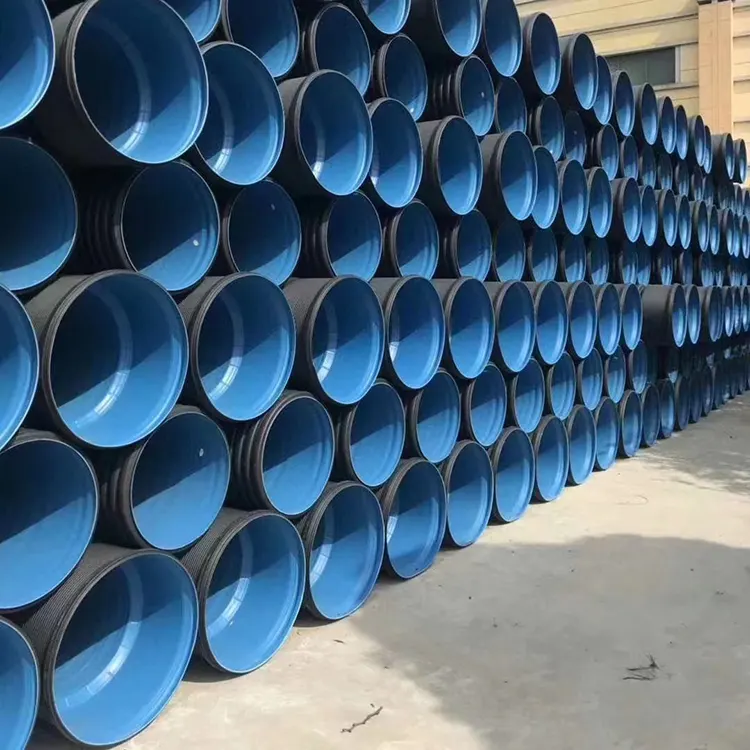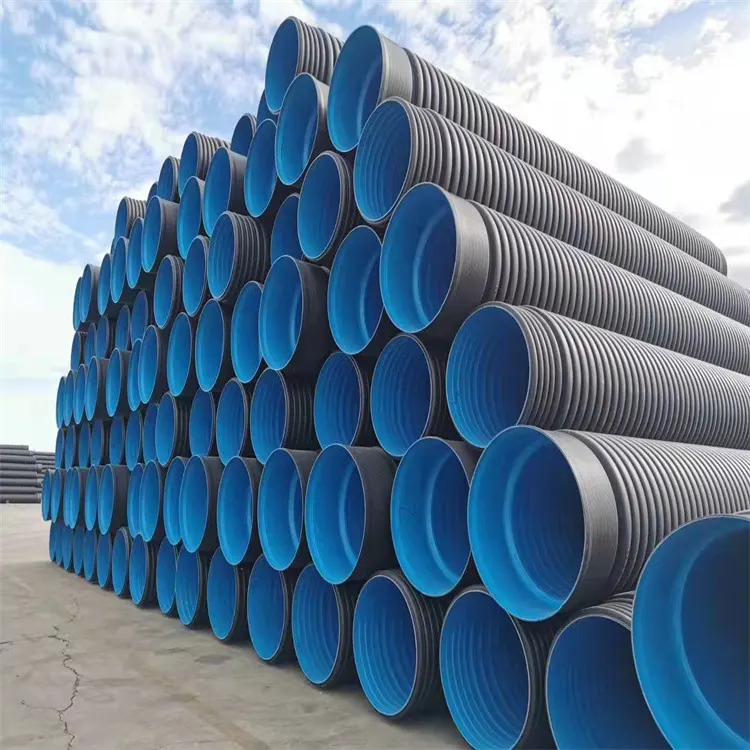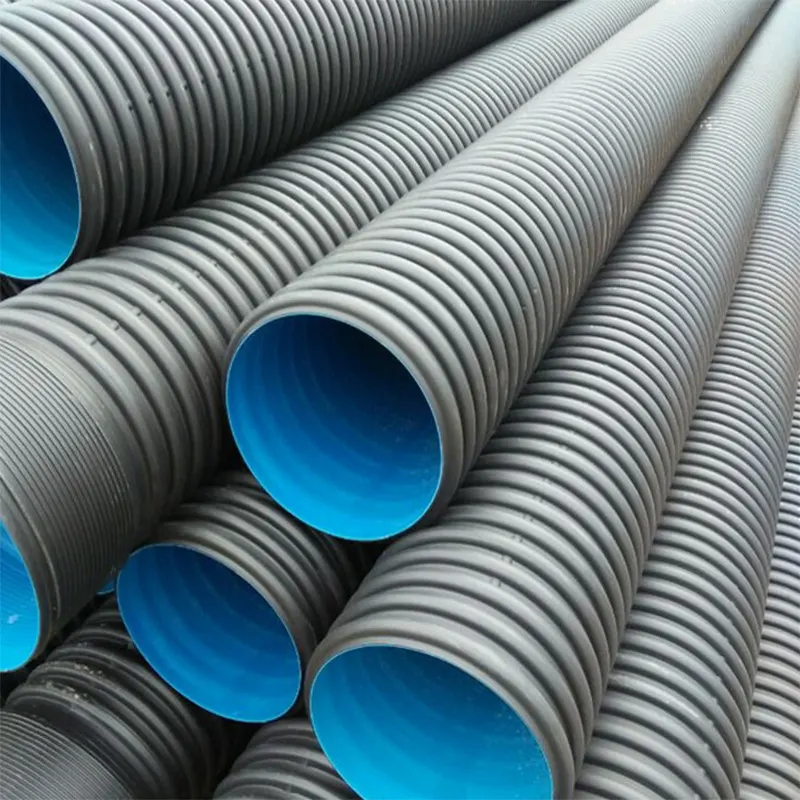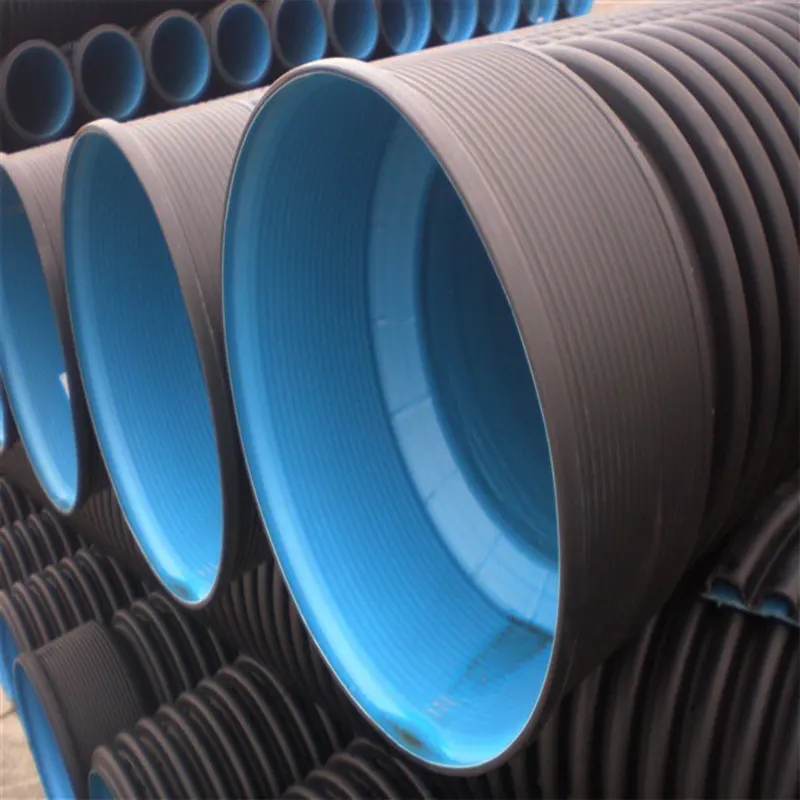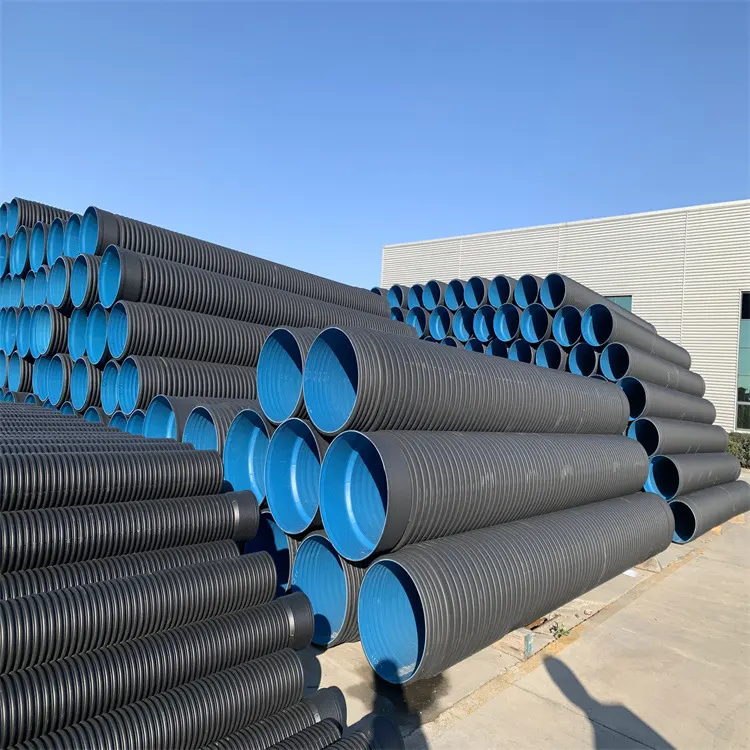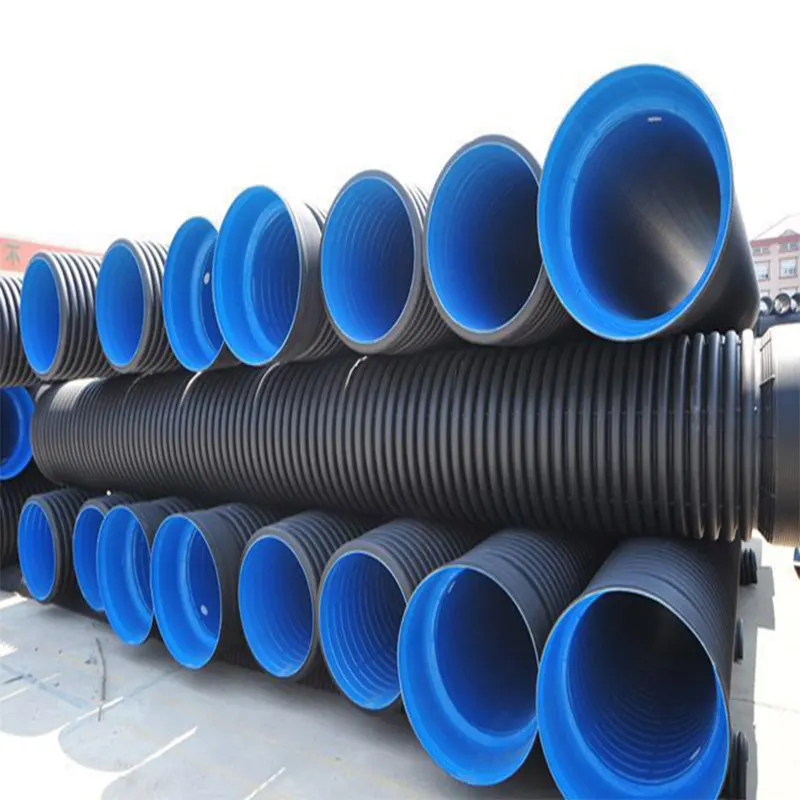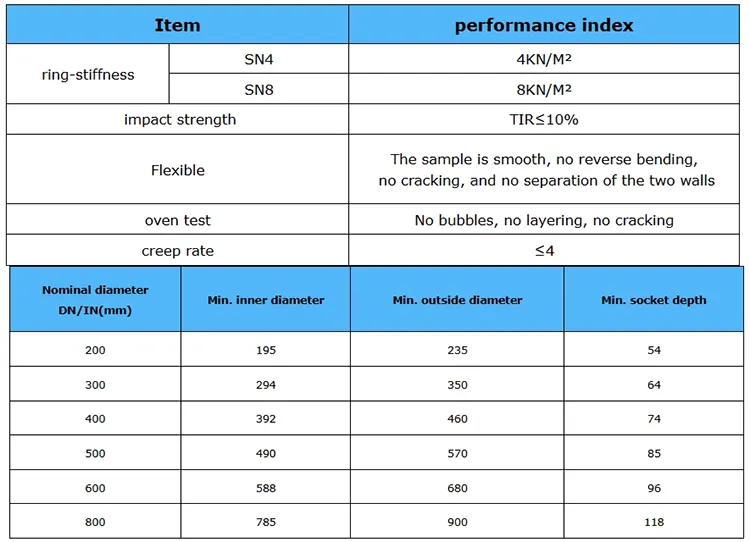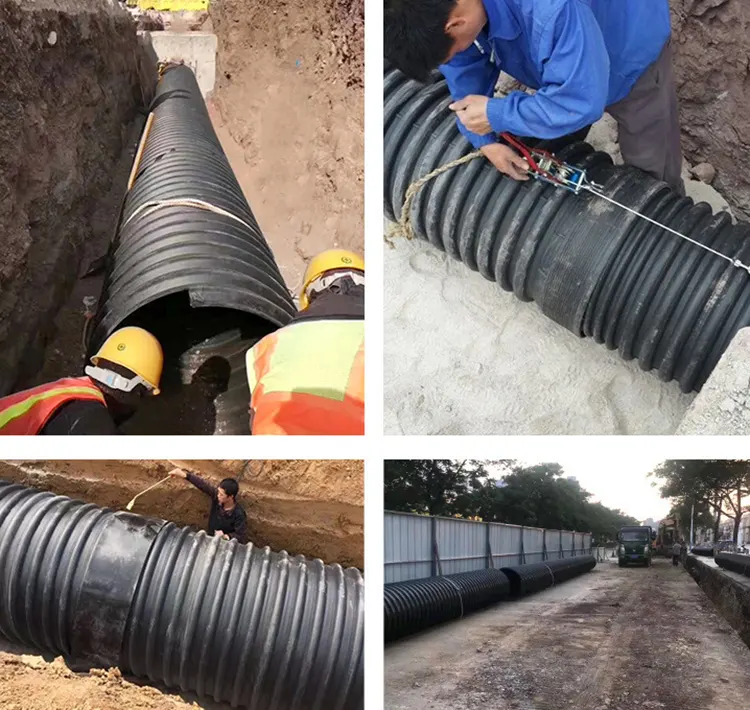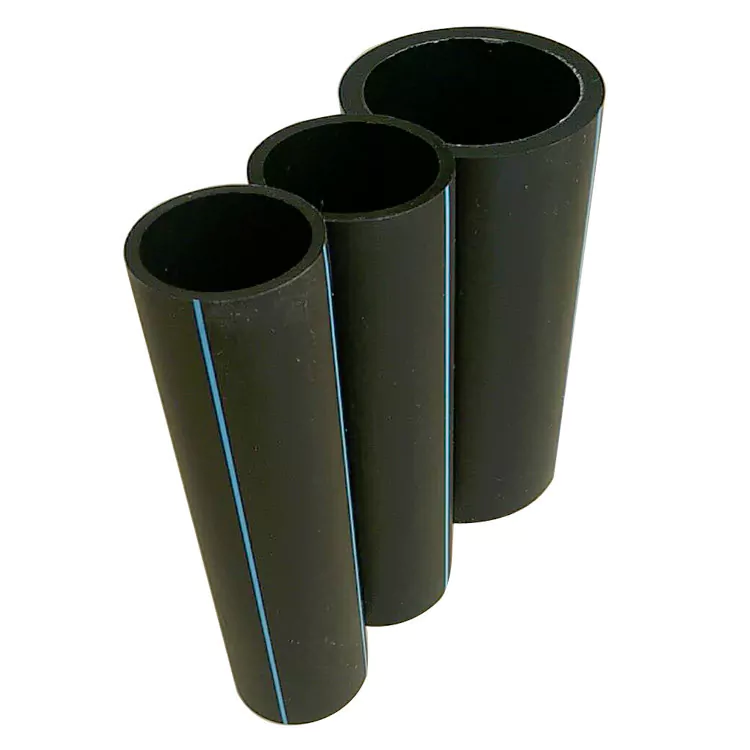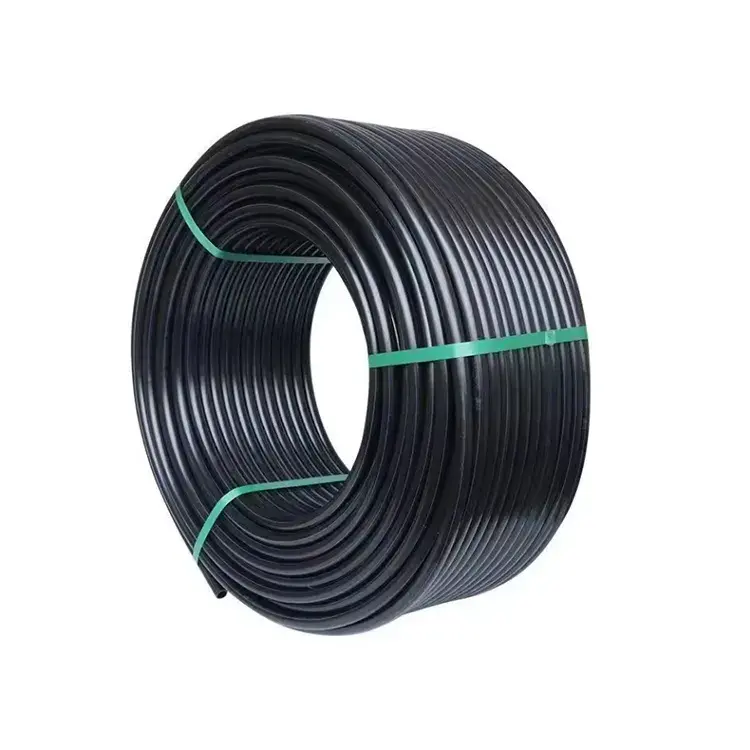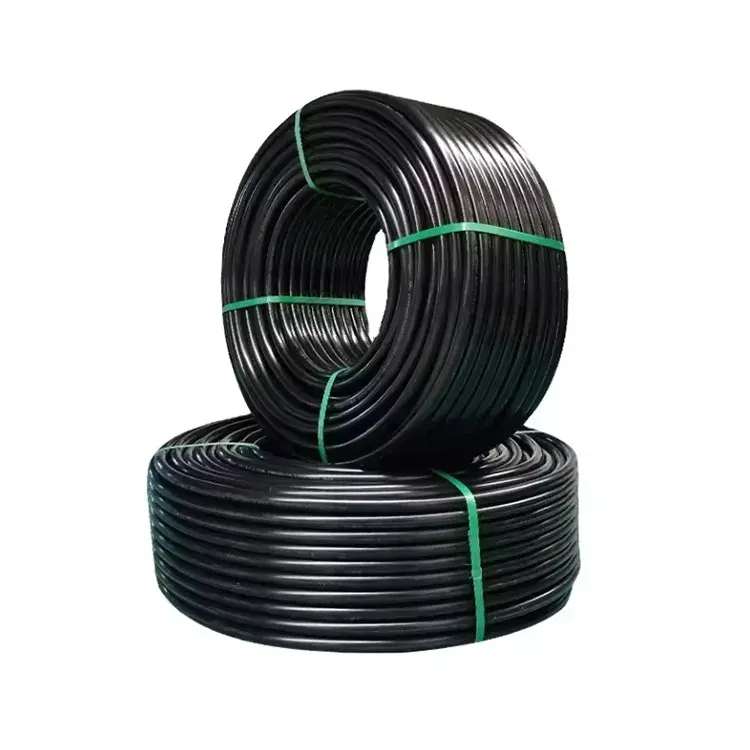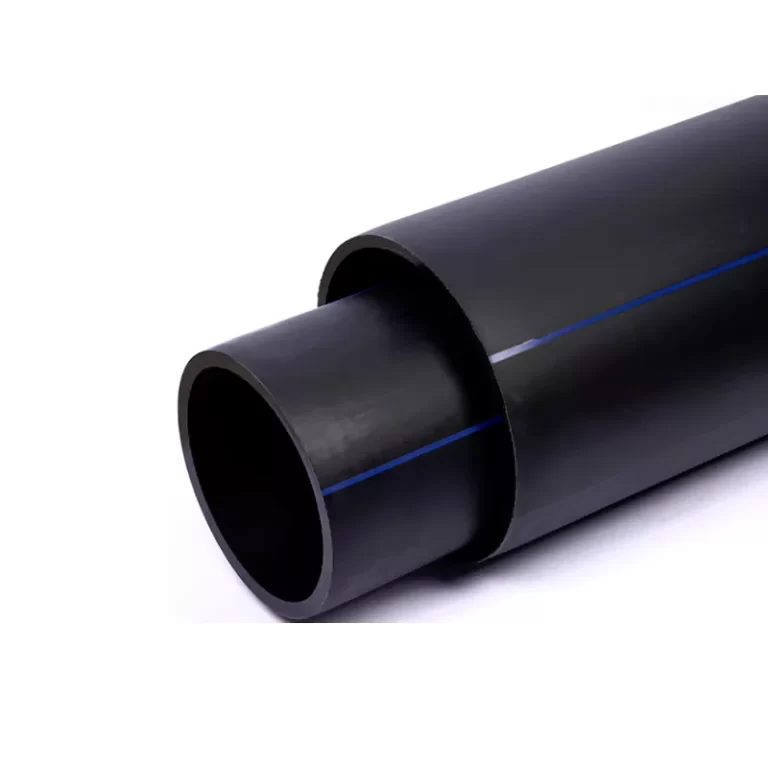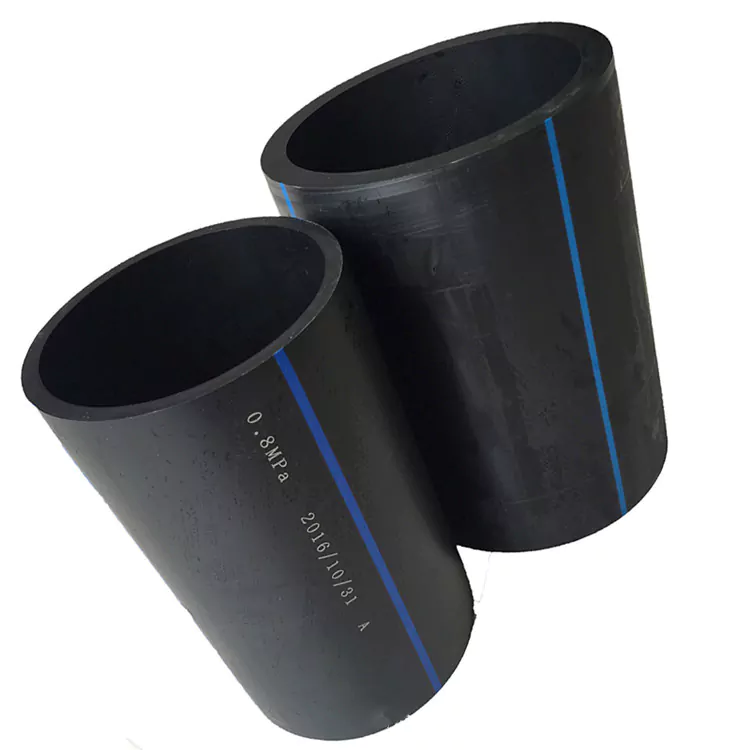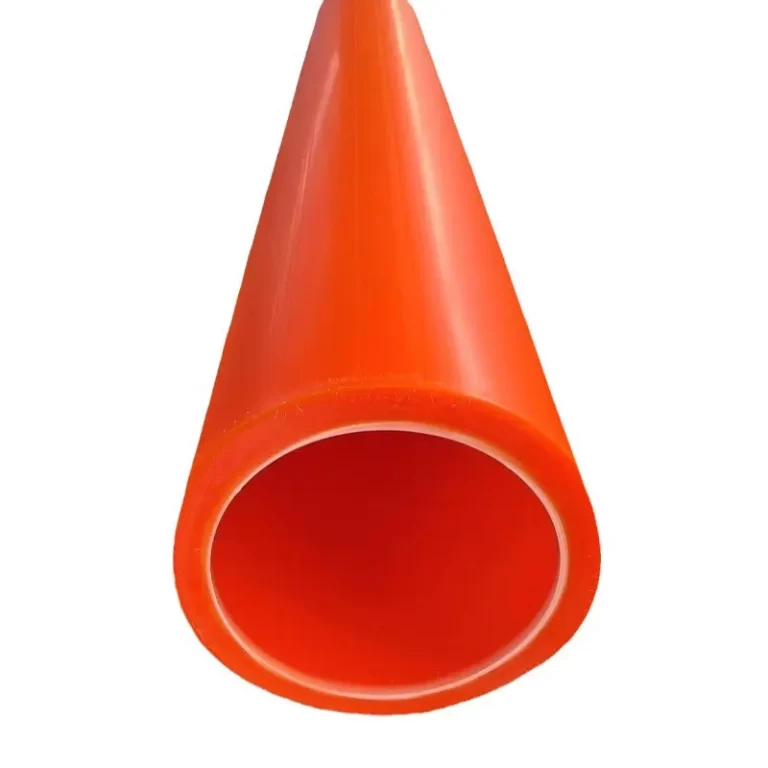Corrugated sewage pipes are designed for the transportation of wastewater and are often used in underground drainage systems. These pipes are constructed with a corrugated outer layer, which provides structural strength and flexibility, and a smooth inner layer to facilitate efficient flow.
The corrugated design, featuring ridges and grooves, enhances the pipe’s structural integrity, making it durable and capable of withstanding high loads, such as soil pressure or vehicular traffic. Corrugated sewage pipes are flexible, durable pipes designed for wastewater and sewage drainage systems. They feature a ridged (corrugated) exterior, which provides structural strength, and a smooth interior, which facilitates efficient flow.
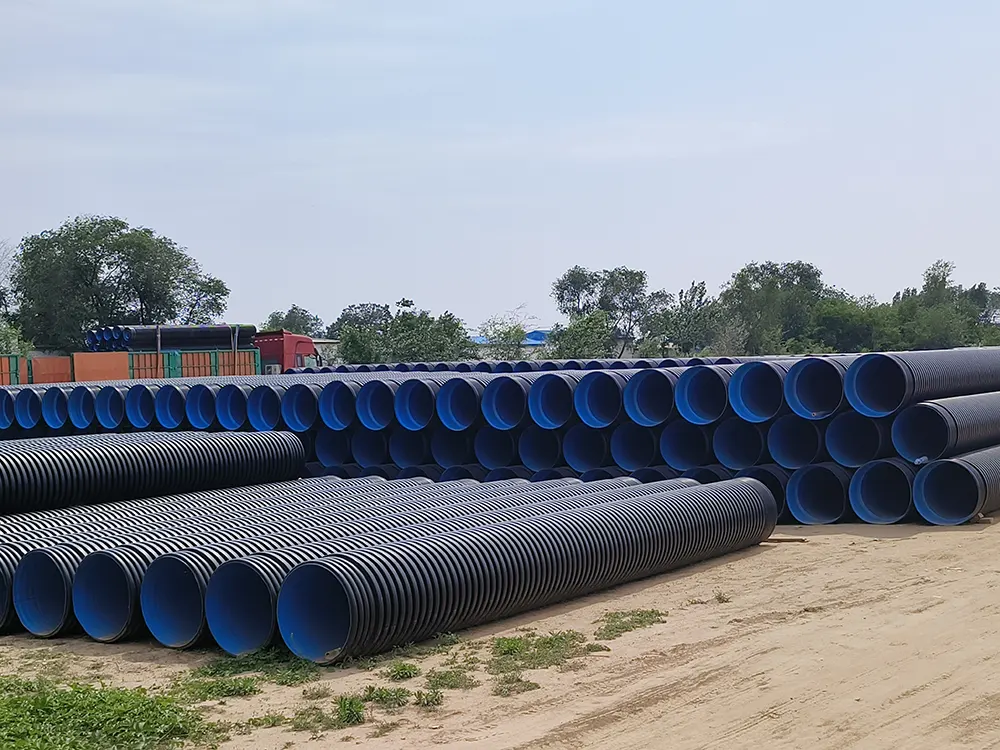
The main features of corrugated sewage pipe
- Spiral Corrugated Design: The spiral pattern enhances the strength and structural integrity of the pipe, allowing it to handle high-pressure loads and resist deformation.
- Durability: Corrugated sewage pipe is resistant to a wide range of chemicals and environmental conditions, making it highly durable in outdoor and industrial settings.
- Lightweight: Compared to traditional concrete or metal pipes, HDPE spiral corrugated drainage pipe is much lighter, which reduces transportation and installation costs.
- Flexibility: The flexibility of HDPE allows the pipes to be installed in a variety of configurations and can accommodate ground movements without cracking or breaking.
- Resistance to Corrosion and Abrasion: Unlike metal pipes, HDPE does not corrode or rust over time. It also resists abrasion, making it ideal for handling sediment-laden water.
- Ease of Installation: Due to their light weight and flexibility, HDPE spiral corrugated drainage pipe is relatively easy to install, requiring fewer resources and equipment than traditional pipes.
- Smooth Inner Surface: The smooth interior of HDPE pipes helps reduce friction, leading to better flow rates and improved drainage efficiency.
